The Ultimate Chase: Drone vs. Formula 1 at Silverstone
In an unprecedented challenge, the world of technology and motorsports collided at the iconic Silverstone Circuit. The mission was simple yet audacious: to capture a full-speed Formula 1 car on camera using a drone. Not just any drone, but one fast enough to keep pace with an F1 car piloted by none other than Max Verstappen in his RB20. This endeavor wasn’t just about speed; it was about achieving a feat of precision engineering, pushing the limits of what’s possible in both aerial and automotive technologies.
The Challenge: Beyond Straight-Line Speed
The excitement kicked off with a playful challenge: could this high-speed camera drone outpace an F1 car in a straight line? While the straight-line race was thrilling, with the FPV drone hitting speeds of 310 kilometers per hour, it was quickly understood that the real test was far more complex. F1 cars are unparalleled in their cornering abilities and braking power, presenting a multidimensional challenge for the drone. The task at hand was to maintain a fluid, well-framed shot for an entire lap around the 5.8-kilometer Silverstone track, requiring the drone not only to match the F1 car’s speed but also its acceleration, deceleration, and maneuverability through the circuit’s notorious bends.
Overcoming Technical Hurdles
The technical hurdles were immense. The drone needed to be robust enough to handle the sustained energy output without overheating or, worse, catching fire. Moreover, the team had to familiarize themselves with flying a completely new type of aircraft, all while keeping up with a world-champion driver’s pace. The standard FPV Drones, typically reaching speeds of 150 to 180 kilometers per hour, fell short in both power and endurance when compared to the demands of filming an F1 car. This led to a cycle of trial and error, pushing the envelope of drone capabilities.
Trial, Error, and Triumph
The development process was fraught with challenges, from overheating issues that caused cables to melt and drones to crash, to the struggle of achieving the aerodynamic efficiency needed for sustained high-speed flight. Yet, with each failure came valuable lessons. The team’s perseverance paid off during a test at Silverstone, where they conducted trial laps behind F1 driver Liam Lawson, stepping away from the safety of field tests into the real-world scenario of a racing circuit.
A Milestone in Aerial Filming
This venture was more than a technical exercise; it was a demonstration of human ingenuity and the relentless pursuit of excellence. The manual control of the drone by a skilled pilot, without reliance on GPS or automated tracking, highlighted the human element in this high-tech endeavor. Successfully filming an F1 car at full speed around Silverstone was a testament to the potential of drones in revolutionizing how we capture high-speed motorsports, merging the adrenaline of racing with cutting-edge technology. It wasn’t just about proving a drone could keep up with an F1 car; it was about opening a new chapter in the visual storytelling of one of the world’s most thrilling sports.


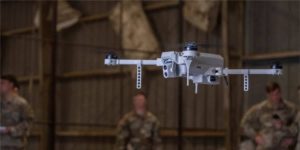
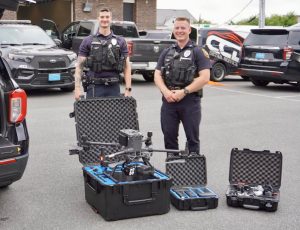



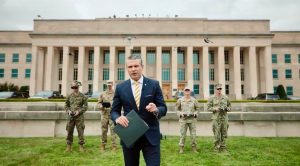
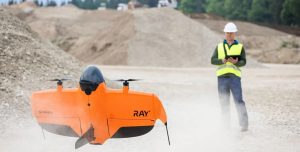





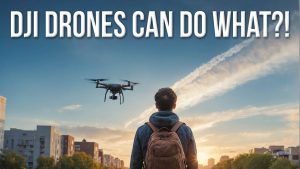
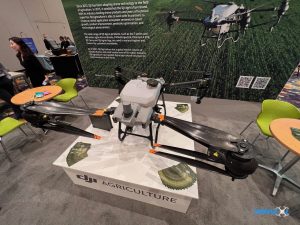
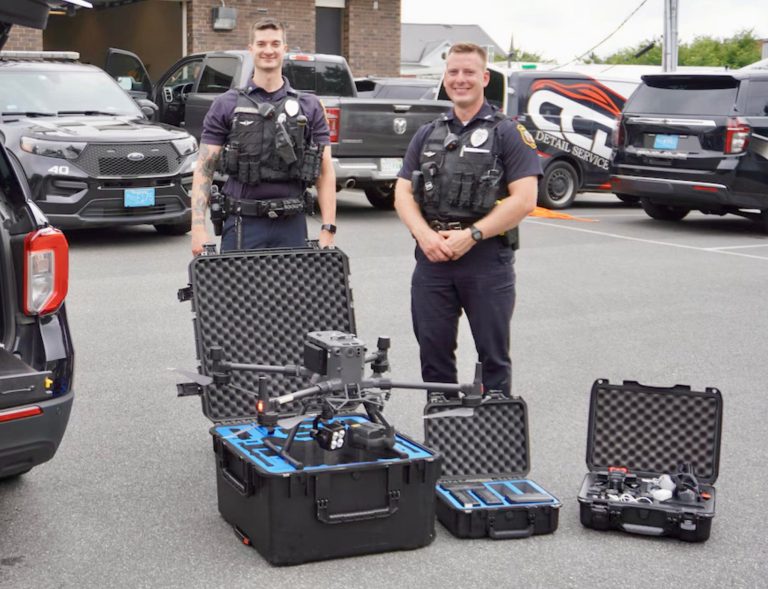
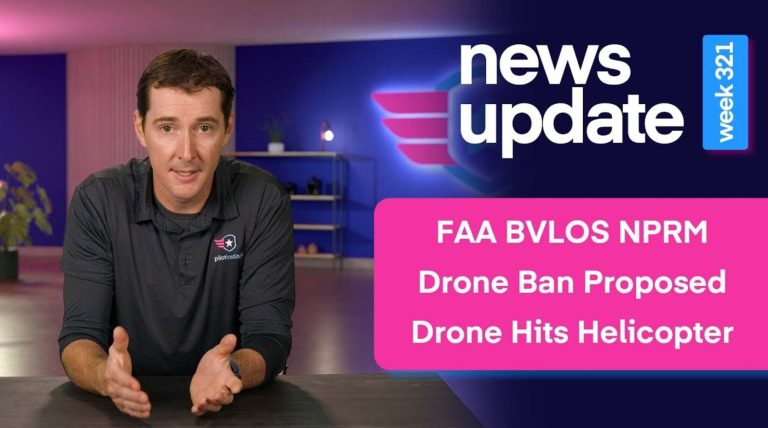

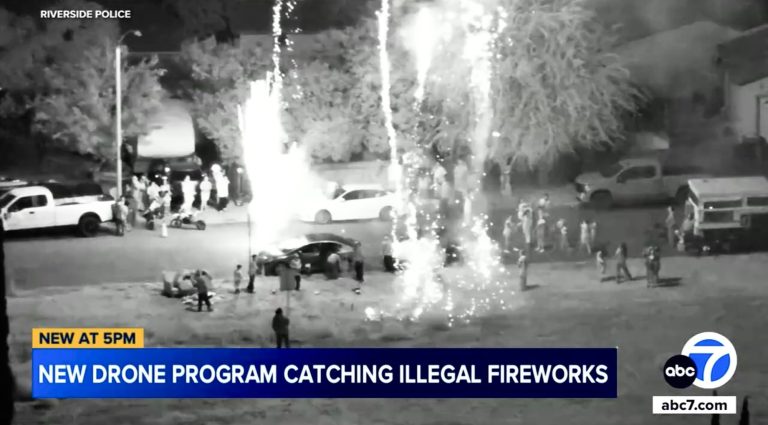
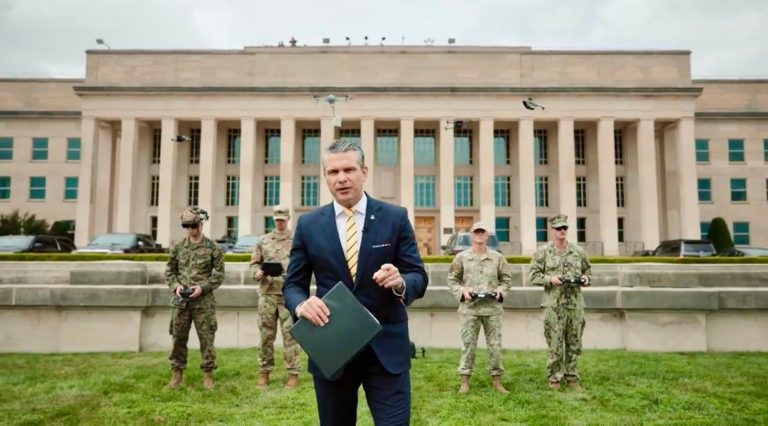
+ There are no comments
Add yours